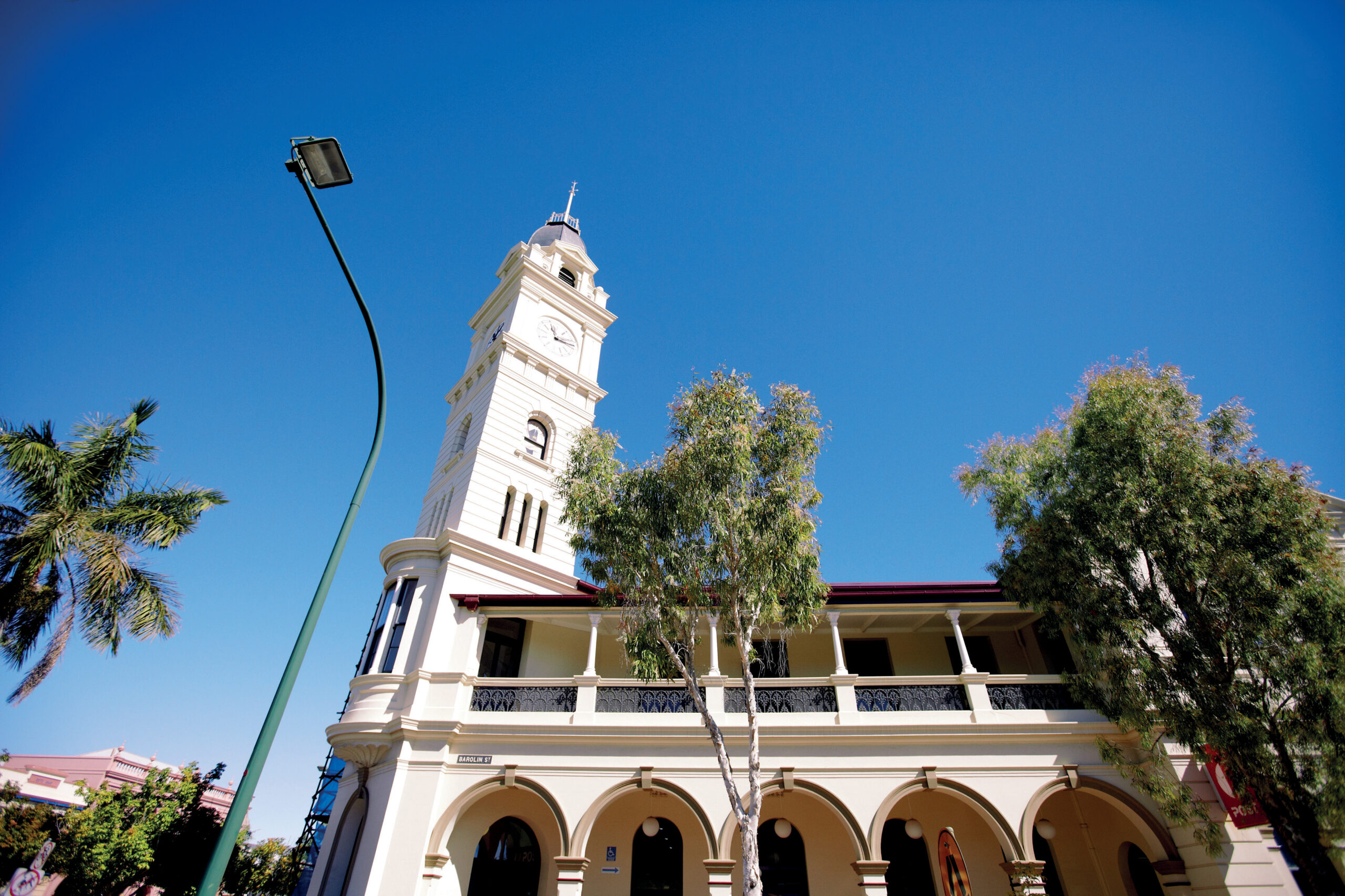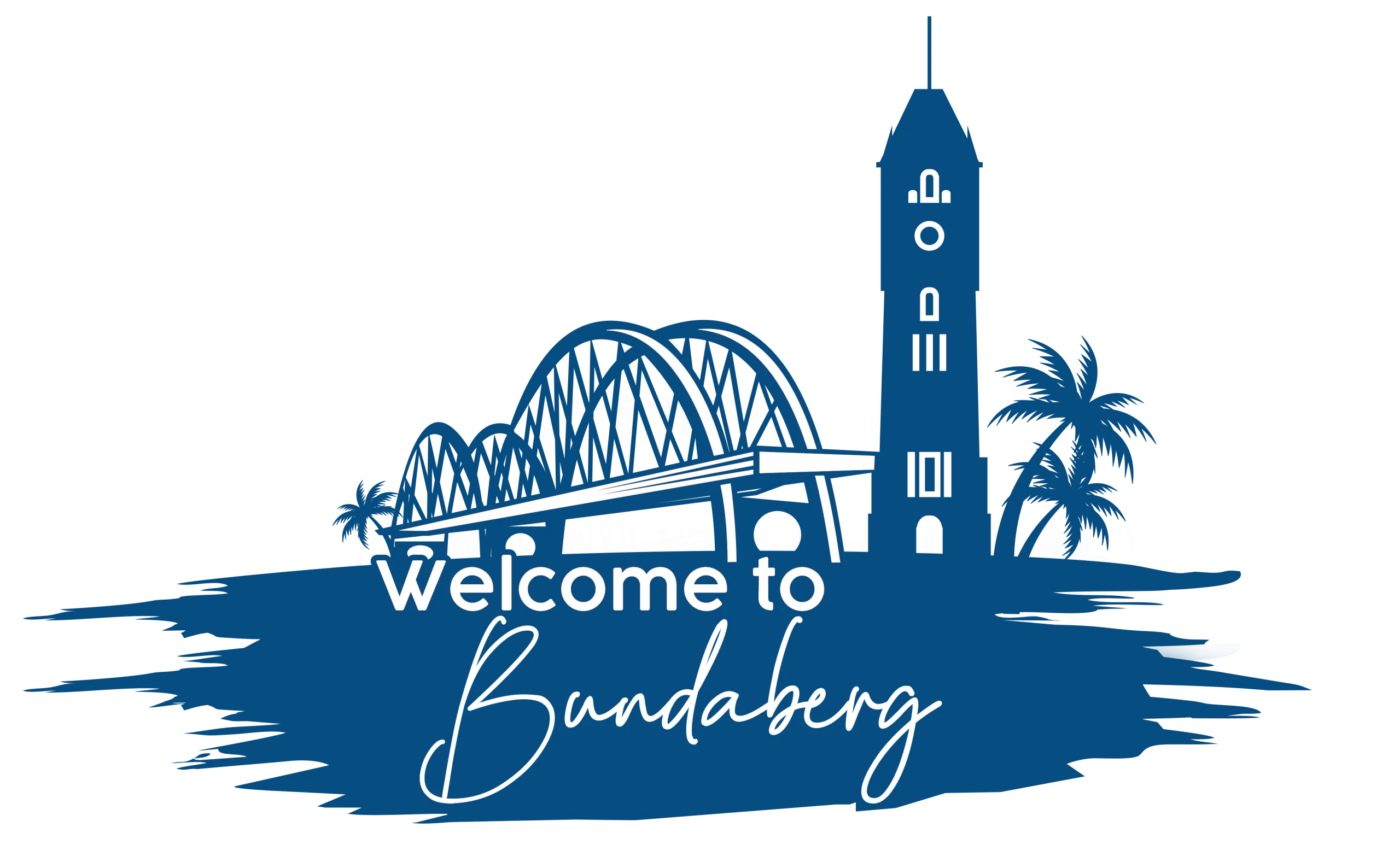
Partnering for a Stronger Bundaberg: Community Centred Solutions in Action
At the heart of Bundaberg’s success lies its community spirit. The Community Centred Solutions Project is taking this strength to the next level by addressing local challenges through collaboration, data-driven insights, and sustainable strategies.
How the Project Idea Came to Life
The purpose of this project implemented by Bundaberg Neighbourhood Centre and led by Wide Bay Kids and Welcome to Bundaberg was to identify all relevant support services and agencies in the Bundaberg Region that can collectively, help to provide more timely and appropriate support to people in need. Map existing service gaps and identify the areas where wait lists exist. Initiate discussion forums with like minded services to understand how existing silos can be broken down to service all our community needs. Design a model for sharing and collaborating professional staff and a strategy for attracting more allied health practitioners to our region.
The idea for the project began with a simple yet powerful vision: empower Bundaberg’s community to identify its needs and create meaningful solutions. This place-based approach used a quality outcomes framework for measurable, impactful change. Read the full report here.
The approach started with:
- Collecting primary data from community research and local services.
- Validating findings through secondary research and collaborative discussions.
- Analysing data to refine goals and align them with community priorities.
By meeting the community where they are at, the project takes a participatory approach, encouraging individuals and organisations to engage actively in shaping Bundaberg’s future. Next a theory of change statement and framework was development and set the phases of the project.
The Theory of Change
Problem Statement: The Bundaberg region faces systemic barriers in service delivery, including long waitlists (13 months on average), workforce shortages, housing pressures, and a fragmented service ecosystem. These challenges hinder the accessibility and efficiency of services for residents in need.
Goal: To create a more integrated, cohesive, and community-driven service ecosystem in Bundaberg that reduces systemic gaps, fosters collaboration, and improves workforce attraction and retention.
- Conversation
- Bring people together to workshop strategies and models of practice to find solutions to the common barriers
- Connection
- Build trusting and meaningful relationships across the sectors within private and public services.
- Create a more welcoming community culture
- Collaboration
- Bring people together to share the ideas and solutions as a result of conversations.
- Introduce a working together model adapted to sector needs
- Community
- Continue to support needs across the sector with a leadership group, a peer group and continuous improvement events.
The Six Phases of the Project
The project’s structured five-phase strategy ensures that solutions are inclusive and tailored to the region’s specific needs:
- Explore
- Collecting data, mapping allied health services, and identifying gaps.
- Documenting waitlists and resources.
- Discover
- Facilitating conversations with stakeholders to understand barriers in recruiting and retaining allied health professionals.
- Design
- Hosting strategic discussions to co-create a working-together framework using evidence and community input.
- Change
- Implementing collaborative pilot projects to address identified service gaps.
- Reflect
- Reviewing outcomes, improving approaches, and creating recommendations for long-term success.
- Practice Phase
- Ensuring best practices are continuously adopted and evolved post-project.
Key Findings and Challenges
Data Insights:
- Mapped 219 allied health professionals. However, population growth and initiatives like the NDIS have strained existing resources.
- Engaged 36 community leaders, 121 community members, 161 community organisations, 11 community networks, 5 peak bodies, Education and Government, 45 online surveys and 16 national data sources.
- Hosted 1 community conversations with 29 attendees and 1 community forum with 35 attendees and 6 guest speakers
- Found: Long Waitlists, service gaps and workforce shortages
- The average wait time to see an allied health professional in Bundaberg is 13 months
- Health care and social assistance is the largest growing sector
- Workforce shortages causing service gaps
- 45.9% of the population in Bundaberg have no tertiary qualification
Challenges Identified
- Attraction
- Shortage of locally qualified workers.
- High costs and competition for candidates.
- Limited collaboration between private and public sectors.
- Housing
- Competitive housing markets and limited rentals hinder relocation.
- Rising homelessness worsens the situation.
- Retention
- Workers are often lost to competitors or private practice.
- Building social connections for new residents is crucial but time-consuming.
- Collaboration
- Lack of an integrated approach for service providers to work better together
- Address waitlists, gaps in workforce, models of practice
- Key stakeholders working independently: Six frameworks identified working independently in silo
Six Frameworks identified:
- Healthy Cities Framework
- Collaborative Care Model
- Community-Based Participatory Research Model
- Collective Impact Framework
- The Hub Model
- Asset Based Community Development Framework
Conclusion
It was identified that the key factors in the Bundaberg community which are acting as barriers against the implementation of a place-based initiative include lack of coordination and collaboration between providers. Community conversations and forums were used as a tool to bring stakeholders together and build awareness of and engagement with the sector. A platform is needed for collaboration, capacity building, communication, and most of all change.
We explored the Problem. Identified the specific behaviours that need to change at a community level of the system. During this step we gained an understanding of the influencing drivers – enablers and barriers of engagement with place-based initiatives in Bundaberg.
Recommendations
Step Two: Understand the Broader System
Understanding how the broader system influences the adoption of whole of community initiatives in Bundaberg. There are many different agents in the Bundaberg health system – all of which hold a unique perspective on workforce shortages of Allied Health Services and how it can be reduced through place based initiatives. Engaging a diverse mix of stakeholder groups is crucial for building a holistic, population-level picture of the factors which may influence the implementation of a place-based health initiative.
Identify the ‘driving and restraining’ behavioural forces influencing the successful implementation of a place-based initiative within the Bundaberg community. Bring people together to work more collaboratively using the working together commitment.
Step 3: Theory of Change – Development place-based initiatives and pilots
Develop a multi-levelled theory of change to guide the successful implementation of place-based initiatives and pilots.
1. Local Ownership and Leadership: Created with and for the community to address local health needs.
2. Empowerment: Empower consumers, local providers, and the region to enable small, effective changes to daily business.
3. Grass-Roots Involvement: Collaborate, build local capacity, and tailor services to build a positive community identity and drive behavioural change.
4. Consultation Phase to coordinate key collaborative pilots
5. Host Capacity building workshops with industry experts for a whole of community approach and showcase existing and evolving pilots.
For an initiative to be successfully implemented in a community, it needs to be owned and led locally. It needs to be designed with the community, for the community to ensure that the initiative is truly responsive to local health needs and priorities. We all want an initiative that works for Bundaberg and providers want the freedom to deliver their services in the most effective way possible. Empower Consumers, local providers and the region. To make small changes in everyday life that works for them and their families. Grass-roots community groups collaborate, build local capacity, and tailor services to best serve the needs of the community. To build a positive community identity that can drive behavioural change and better coordinate services.
Stay Involved
Exciting developments are on the horizon as community conversations and further initiatives take shape. These efforts promise to create a healthier and more connected Bundaberg. You can read the full report here.
Follow us for updates on Facebook, Instagram, and TikTok @WelcomeToBundaberg. Subscribe to our podcast on YouTube, Spotify, and Apple Podcasts to stay informed and inspired.
Let’s build a stronger Bundaberg together.
